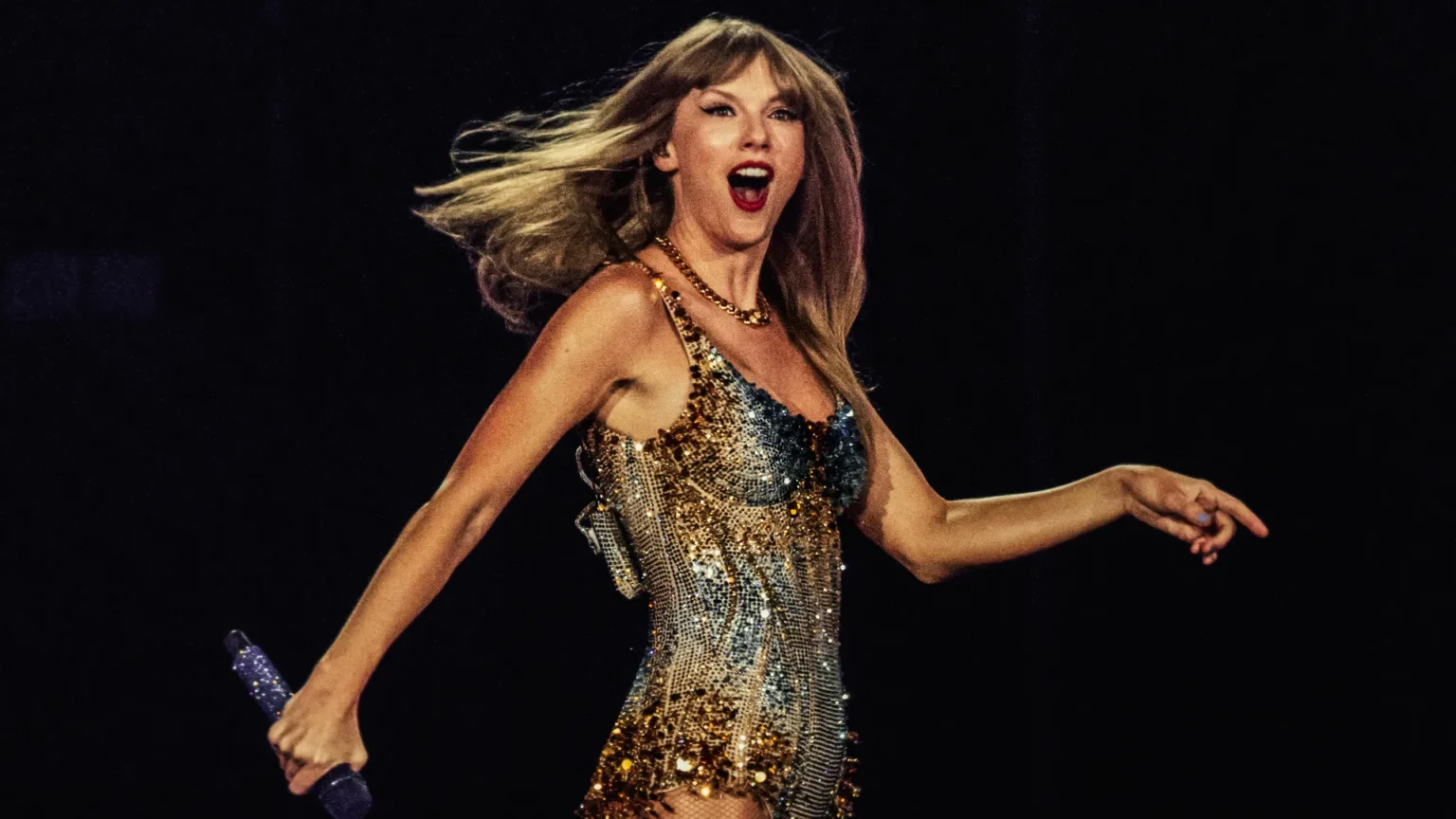The New York Times comes under fire for publishing an essay speculating on the iconic popstar Taylor Swift’s sexuality. In a 5,000-word opinion piece titled Look What We Made Taylor Swift Do, editor Anna Marks listed references to the LGBTQ+ community overt or perceived in Swift’s music and theorized that the musician was sending coded messages that she was privately a member of the community.
The writing has drawn backlash from Times readers as well as “associates” of Swift, according to CNN.
One such member of Swift’s team, talking to the outlet on the condition of anonymity, attributed the decision to publish the op-ed to sexism and ethical lapses.
“Because of her massive success, in this moment there is a Taylor-shaped hole in people’s ethics,” the person said.
“This article wouldn’t have been allowed to be written about Shawn Mendes or any male artist whose sexuality has been questioned by fans.
“There seems to be no boundary some journalists won’t cross when writing about Taylor, regardless of how invasive, untrue, and inappropriate it is – all under the protective veil of an ‘opinion piece’,” the person added.
“This was the least defensible op-ed I can remember ever seeing the NYT run, made all the worst by the fact that it was written by a staffer, who specializes in these speculations,” Chris Willman, the chief music critic at Variety, wrote on Twitter.
Wilman’s tweet was reposted by Chely Wright, a queer country singer whose struggles to publicly come out in her career were mentioned in Marks’s piece. “I think it was awful of [the New York Times] to publish,” she wrote.
“Triggering for me to read – not because the writer mentioned my nearly ending my life – but seeing a public person’s sexuality being discussed is upsetting.”
Marks argued that since early in her career, Swift has been trying to secretly signal that she identifies as queer.
“In isolation, a single dropped hairpin is perhaps meaningless or accidental, but considered together, they’re the unfurling of a ballerina bun after a long performance,” Marks wrote.
“Those dropped hairpins began to appear in Ms Swift’s artistry long before queer identity was undeniably marketable to mainstream America. They suggest to queer people that she is one of us.”
Swift has assumed the LGBTQ+ community in the past, calling her concerts a “safe space” for LGBTQ+ people and publicly supporting them in a 2019 interview with Vogue magazine against a record number of anti-gay bills introduced in states across the country.

“Rights are being stripped from basically everyone who isn’t a straight white cisgender male,” she said.
“I didn’t realize until recently that I could advocate for a community that I’m not a part of.”
But she has not recognized as a member of the queer community herself. In the prologue to the re-record of her 1989 album, released in October, Swift said she covered herself with female friends at one point in her career to oppose ceaseless media speculation on her love life.
“If I only hung out with my female friends, people couldn’t sensationalize or sexualize that – right? I would learn later on that people could and people would,” she wrote.
Marks, apparently aware of the criticism her essay could face, pre-emptively attempted to address possible backlash in her piece.
“I know that discussing the potential of a star’s queerness before a formal declaration of identity feels, to some, too salacious and gossip-fueled to be worthy of discussion,” she wrote.
“I share many of these reservations. But the stories that dominate our collective imagination shape what our culture permits artists and their audiences to say and be,” she added.
“Every time an artist signals queerness and that transmission falls on deaf ears, that signal dies. Recognizing the possibility of queerness – while being conscious of the difference between possibility and certainty – keeps that signal alive.”
The Times has refused to comment instantly on the essay and suggested what Marks wrote about criticism in the piece itself.




